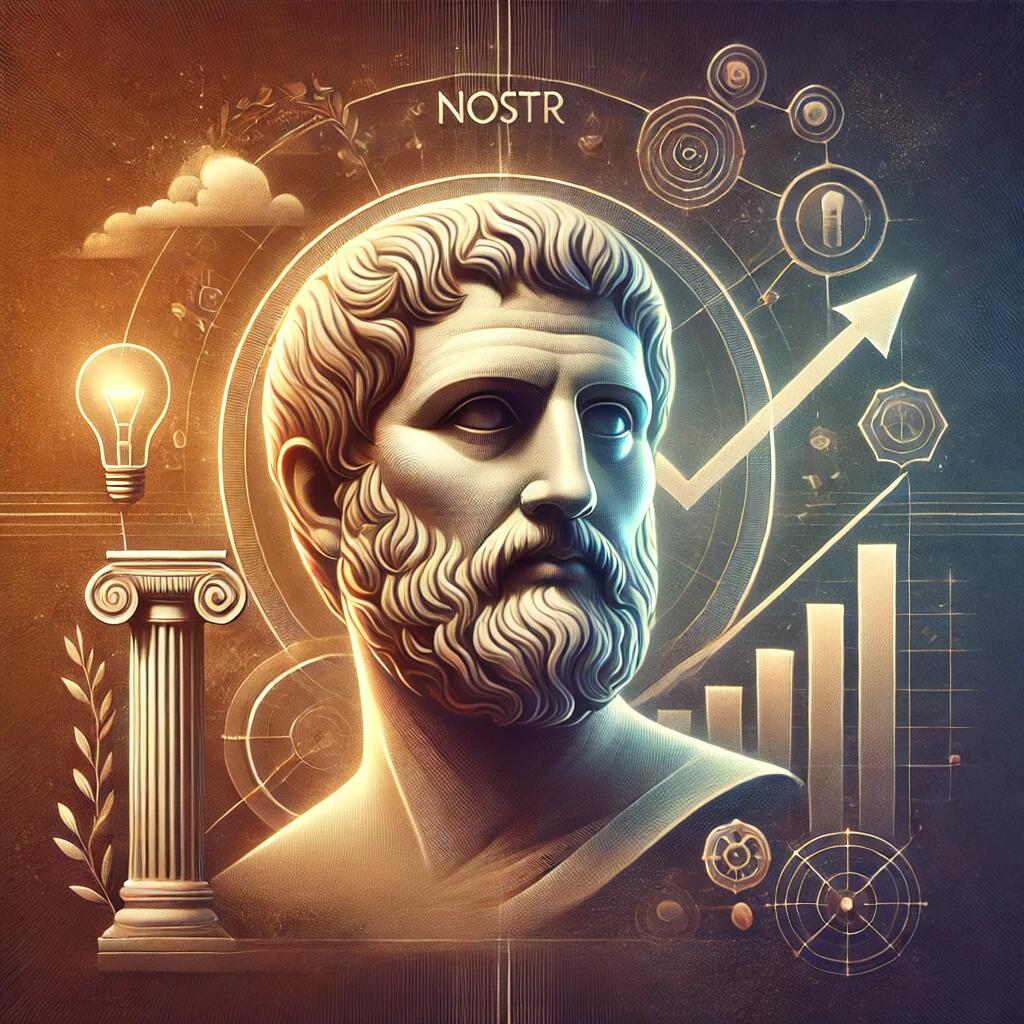-
 @ O.M
2025-03-14 05:12:14
@ O.M
2025-03-14 05:12:14Introduction: Why The Next Big Opportunity Is Just Beyond Your Reach
Most people believe innovation comes from radical, game-changing ideas. In reality, the biggest breakthroughs often come from building on what already exists—one step at a time.
This is The Adjacent Possible, a concept leveraged by Jeff Bezos, Sam Altman, and Peter Thiel.
Instead of chasing impossible, moonshot ideas, they focus on unlocking new opportunities that were previously invisible—not by making a huge leap, but by taking the next logical step.
In this article, we’ll cover:
✔ What The Adjacent Possible is and why it works
✔ Examples of how top entrepreneurs have used it to dominate industries
✔ How you can apply this concept to your own work and business
What Is The Adjacent Possible?
The Adjacent Possible is a concept from evolutionary biology, first introduced by Stuart Kauffman.
The idea is simple:
Every innovation unlocks new possibilities that didn’t exist before.
Instead of trying to force radical change, you focus on small but powerful steps—each one revealing new opportunities that weren’t visible before.
Think of it like exploring a maze:
- If you try to jump over walls, you’ll hit barriers.
- But if you open the closest unlocked door, it leads you to new rooms—and from there, even more doors appear.The key to breakthrough success is finding and stepping through the right next door—not trying to skip 10 steps ahead.
Examples of The Adjacent Possible in Action
1. Jeff Bezos and Amazon: Expanding Step-by-Step
Jeff Bezos didn’t launch Amazon Web Services (AWS) on Day 1. He started with books—the easiest way to build an online retail empire.
Once Amazon established itself, new adjacent possibilities opened up:
✅ Books → All e-commerce
✅ E-commerce → Logistics & Warehousing
✅ Warehousing → Cloud Computing (AWS)Bezos didn’t chase random moonshot ideas. He expanded step-by-step, unlocking massive new industries along the way.
📌 Lesson: Build the foundation first—then leverage it to access bigger opportunities.
2. Sam Altman and OpenAI: Scaling AI Step-by-Step
Sam Altman didn’t immediately jump to building AGI (Artificial General Intelligence). He first:
✅ Improved existing AI models (GPT-2, then GPT-3).
✅ Made AI accessible with ChatGPT, creating a viral growth loop.
✅ Now invests in advanced AI infrastructure to push toward AGI.By following The Adjacent Possible, OpenAI unlocked entirely new doors in AI development—making it the industry leader before competitors even realized what was happening.
📌 Lesson: Instead of chasing a huge leap, perfect the next step—then scale it massively.
3. Peter Thiel: Finding Hidden Monopolies
Peter Thiel advises founders not to compete head-on but to find emerging spaces where they can dominate.
How? By applying The Adjacent Possible:
✅ Look for a small, untapped market that other companies ignore.
✅ Build a monopoly in that niche before expanding.
✅ Use that monopoly to unlock new opportunities.📌 Example: PayPal didn’t try to reinvent banking overnight. It started with a simple way to send payments via email—then expanded from there.
📌 Lesson: Win in a small but growing niche—then expand into bigger markets.
How to Apply The Adjacent Possible to Your Work
You don’t need to be Bezos, Altman, or Thiel to use this strategy. It applies to:
✅ Startups – Find the next step in your industry that others haven’t explored yet.
✅ Investing – Look for early trends that are just starting to unlock massive potential.
✅ Personal Growth – Instead of making a huge leap, take the next step that leads to exponential results.1. Identify Your "Next Step" (Not Your End Goal)
🚀 Action: Ask yourself: What’s one small but powerful next step that could open new doors in my industry?
Instead of thinking:
- "How do I build the next Google?" → Think "What’s a growing need that Google isn’t solving yet?"
- "How do I make $1M overnight?" → Think "What’s the next skill or system I can build that compounds over time?"📌 Example: If you’re in AI, instead of trying to compete with OpenAI, find a niche application of AI that no one is focusing on yet.
2. Build On What Already Exists
🚀 Action: Look at what’s already working in your field—then ask:
✔ "What’s missing?"
✔ "What new opportunity has opened up that wasn’t possible 5 years ago?"📌 Example: Tesla didn’t invent electric cars—it built on existing battery tech and unlocked a new category of EVs.
3. Move Fast When You See an Opening
🚀 Action: Once you identify The Adjacent Possible, don’t hesitate—take action before competitors do.
📌 Example: OpenAI saw that people loved ChatGPT’s accessibility—so they doubled down, launching API integrations and a premium model before competitors could react.
Final Thoughts: The Future Belongs to Those Who Find the Next Step
🔹 You don’t need to reinvent the wheel—you need to find what’s next.
🔹 Jeff Bezos, Sam Altman, and Peter Thiel didn’t chase random ideas—they followed The Adjacent Possible.
🔹 The biggest breakthroughs aren’t always radical—they’re often just one step beyond what exists today.💡 Action Step: Look at your current work—what’s one small but powerful next step that could open entirely new doors in your industry?
🚀 The next great opportunity is just beyond your reach. Find it before others do.
Resources to Learn More
📖 The Adjacent Possible – Practicallyefficient
📖 Jeff Bezos on Expanding Step-by-Step – Harvard Business Review🚀 Innovation isn’t about wild leaps—it’s about unlocking what’s next. Start today.